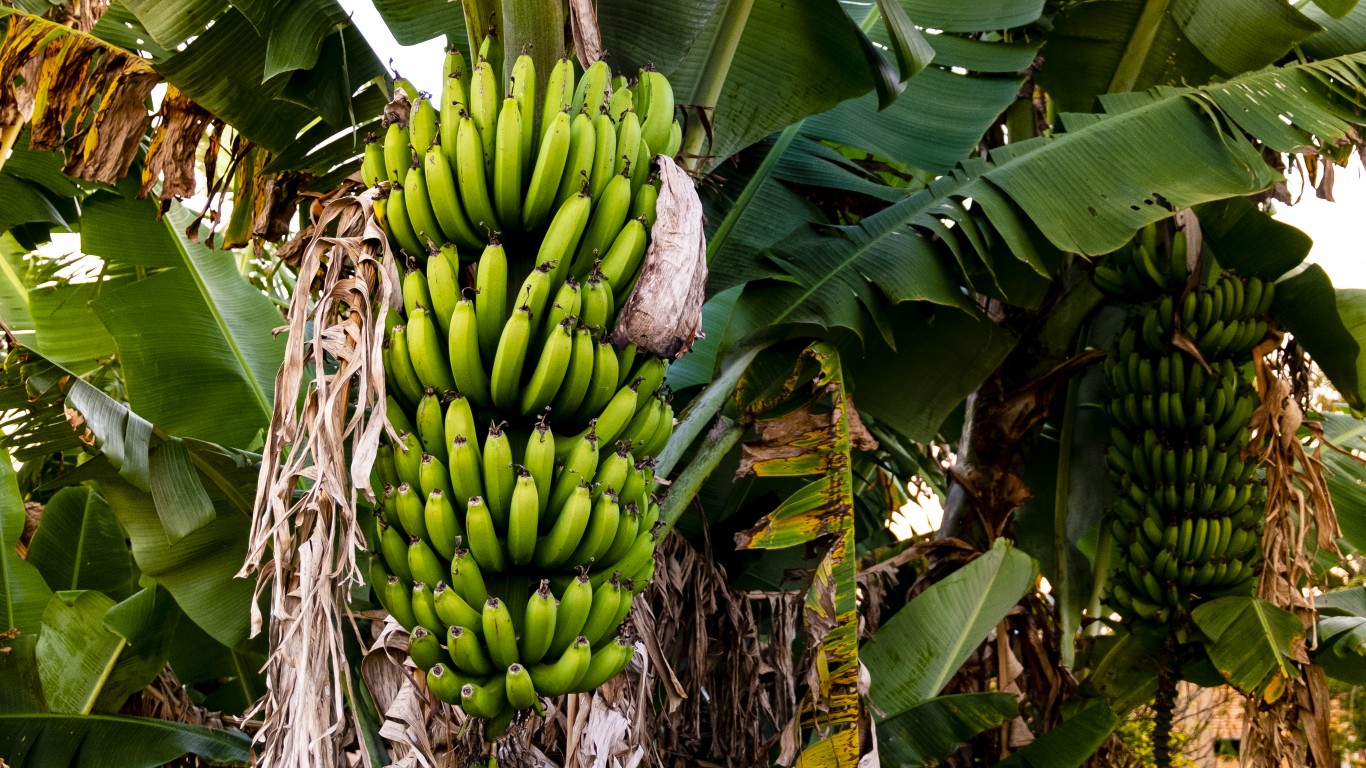
Source: thinkstock
As the agency says:
Despite gains in almost all sources of farm income, large increases in farm expenditures, especially for purchased feed, have more than wiped out those price-led gains to farm income.
The largest part of the gain in farm income will come from federal and private insurance indemnity payments. Those payments are mostly related to losses in the 2010 crop year. Crop losses for the 2012 drought are not covered by federal insurance because Congress failed to pass a new farm bill. That may change once Congress turns its attention to something besides the fiscal cliff.
Higher prices for crops actually produced also contributed to farm income this year. Corn is expected to average about $1 a bushel more than in 2011, even though demand is down by 9%. Soybean production is down as well, but prices are about $2 a bushel more than last year. And in a bit of good news for consumers, the USDA notes that vegetable prices are lower in 2012. Beef and veal prices are expected to be higher in 2012, while milk prices are lower due to increases both in the number of dairy cows and in the amount of milk each cow produces.
On the expenses side of the ledger, total production expenses are forecast to rise 7.6% in 2012 to $23.5 billion following an 8.9% jump in 2011 to $25.3 billion. Here’s the bad news on costs:
Total expenses in 2012 fall into a string of large year-to-year movements that have taken place since 2002, and would reach another record-high level in nominal dollars. Since 2002, nominal total production expenses have risen $143 billion (74.5 percent). In inflation-adjusted dollars, 2012 production expenses will eclipse the previous peak reached in 1979.
For an individual farm household, 2012 median income is forecast to rise to $57,645 in 2012, up 1% from $57,050 in 2011. The USDA notes that most small farm operators rely heavily on off-farm income, which is expected to rise 3.4% in 2012.
The USDA reports are available here.
Paul Ausick
Essential Tips for Investing: Sponsored
A financial advisor can help you understand the advantages and disadvantages of investment properties. Finding a qualified financial advisor doesn’t have to be hard. SmartAsset’s free tool matches you with up to three financial advisors who serve your area, and you can interview your advisor matches at no cost to decide which one is right for you. If you’re ready to find an advisor who can help you achieve your financial goals, get started now.
Investing in real estate can diversify your portfolio. But expanding your horizons may add additional costs. If you’re an investor looking to minimize expenses, consider checking out online brokerages. They often offer low investment fees, helping you maximize your profit.
Thank you for reading! Have some feedback for us?
Contact the 24/7 Wall St. editorial team.



